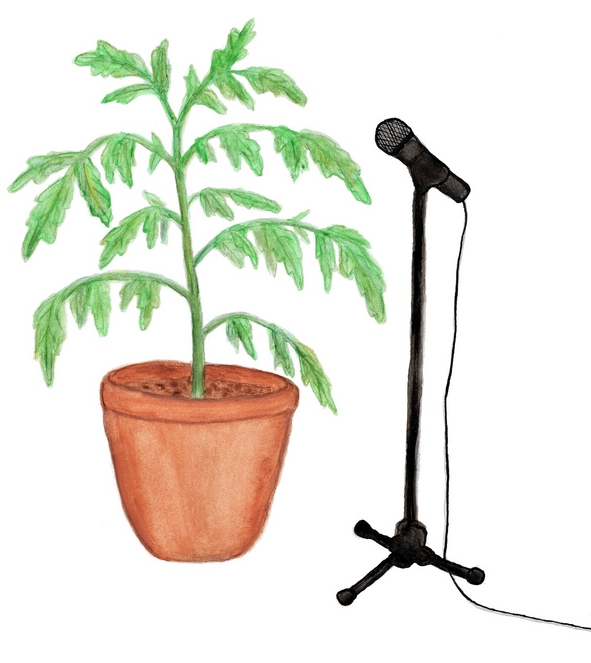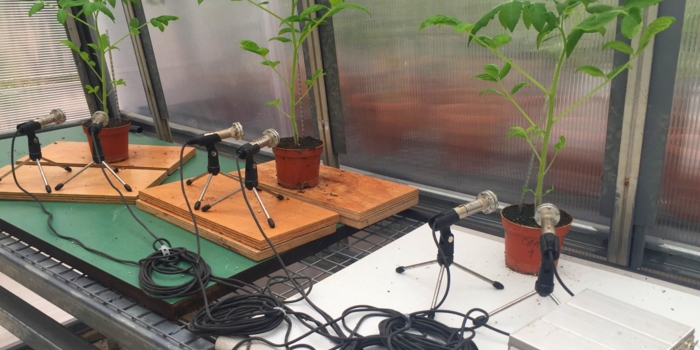Respect for your privacy is our priority
The cookie is a small information file stored in your browser each time you visit our web page.Cookies are useful because they record the history of your activity on our web page. Thus, when you return to the page, it identifies you and configures its content based on your browsing habits, your identity and your preferences.
You may accept cookies or refuse, block or delete cookies, at your convenience. To do this, you can choose from one of the options available on this window or even and if necessary, by configuring your browser.
If you refuse cookies, we can not guarantee the proper functioning of the various features of our web page.
For more information, please read the COOKIES INFORMATION section on our web page.


 What does a stressed plant sound like? A bit like bubble-wrap being popped. Researchers in Israel report in the journal Cell on March 30 that tomato and tobacco plants that are stressed—from dehydration or having their stems severed—emit sounds that are comparable in volume to normal human conversation. The frequency of these noises is too high for our ears to detect, but they can probably be heard by insects, other mammals, and possibly other plants.
What does a stressed plant sound like? A bit like bubble-wrap being popped. Researchers in Israel report in the journal Cell on March 30 that tomato and tobacco plants that are stressed—from dehydration or having their stems severed—emit sounds that are comparable in volume to normal human conversation. The frequency of these noises is too high for our ears to detect, but they can probably be heard by insects, other mammals, and possibly other plants. The exact mechanism behind these noises is unclear, but the researchers suggest that it might be due to the formation and bursting of air bubbles in the plant’s vascular system, a process called cavitation.
The exact mechanism behind these noises is unclear, but the researchers suggest that it might be due to the formation and bursting of air bubbles in the plant’s vascular system, a process called cavitation.






























